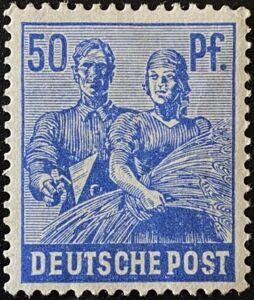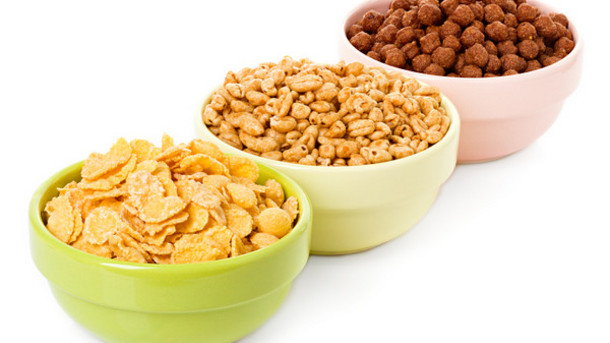Stamp: 2nd Allied Control Council Issue (Germany, American-British-Soviet Occ. (Trizone) 1948)
2nd Allied Control Council Issue (Germany, American-British-Soviet Occ. (Trizone) 1948)
01 February (Germany, American-British-Soviet Occ. (Trizone) ) within release 2nd Allied Control Council Issue goes into circulation Stamp 2nd Allied Control Council Issue face value 50 German reichspfennig
| Stamp 2nd Allied Control Council Issue in catalogues | |
|---|---|
| Michel: | Mi: DE-TZ 955y |
Stamp is vertical format.
In Berlin and the Soviet zone valid until 1948-07-31Also in the issue 2nd Allied Control Council Issue:
- Stamp - 2nd Allied Control Council Issue face value 10;
- Stamp with Attached Label - 2nd Allied Control Council Issue face value 15;
- Stamp - 2nd Allied Control Council Issue face value 30;
- Stamp - 2nd Allied Control Council Issue face value 30;
- Stamp - 2nd Allied Control Council Issue face value 50;
- Stamp - 2nd Allied Control Council Issue face value 60;
Stamp 2nd Allied Control Council Issue it reflects the thematic directions:
Agriculture is the cultivation and breeding of animals, plants and fungi for food, fiber, biofuel, medicinal plants and other products used to sustain and enhance human life.[1] Agriculture was the key development in the rise of sedentary human civilization, whereby farming of domesticated species created food surpluses that nurtured the development of civilization. The study of agriculture is known as agricultural science. The history of agriculture dates back thousands of years, and its development has been driven and defined by greatly different climates, cultures, and technologies. Industrial agriculture based on large-scale monoculture farming has become the dominant agricultural methodology.
A cereal is a grass cultivated for its edible grain. Cereals are the world's largest crops, and are therefore staple foods. They include rice, wheat, rye, oats, barley, millet, and maize. Edible grains from other plant families, such as buckwheat and quinoa are pseudocereals. Most cereals are annuals, producing one crop from each planting, though rice is sometimes grown as a perennial. Winter varieties are hardy enough to be planted in the autumn, becoming dormant in the winter, and harvested in spring or early summer; spring varieties are planted in spring and harvested in late summer. The term cereal is derived from the name of the Roman goddess of grain crops and fertility of grain crops and fertility
A woman is an adult female human. Before adulthood, a woman is referred to as a girl (a female child or adolescent)



